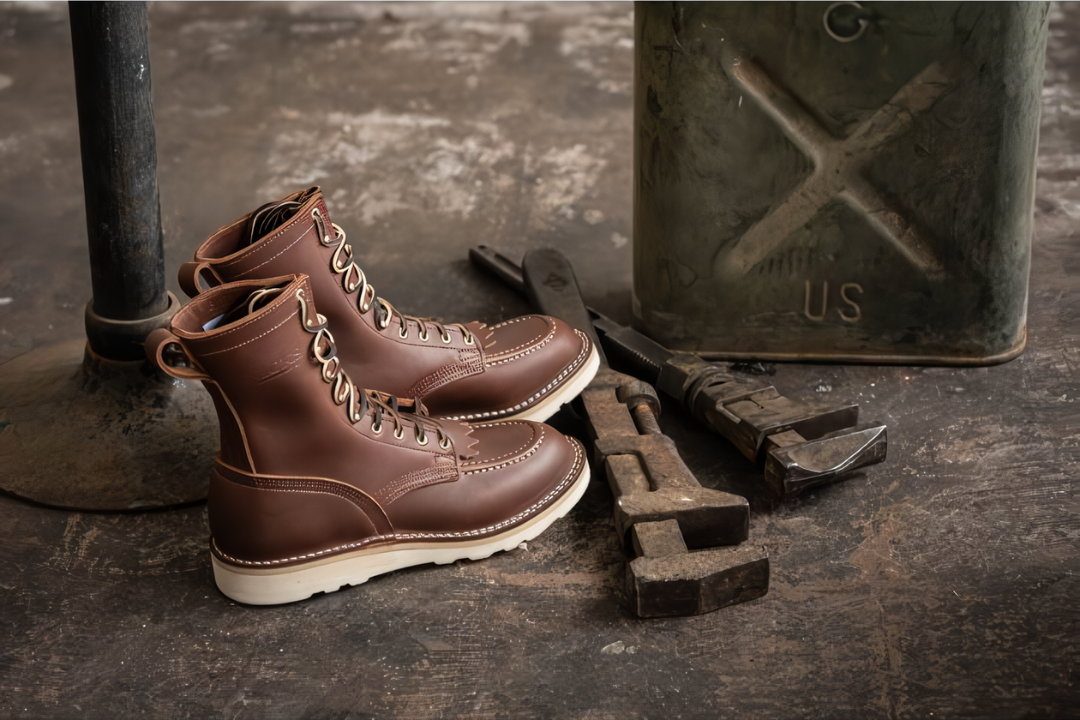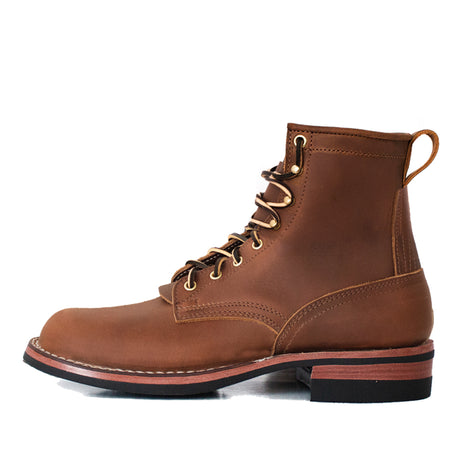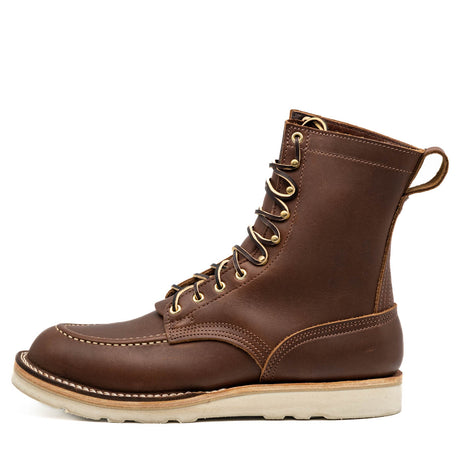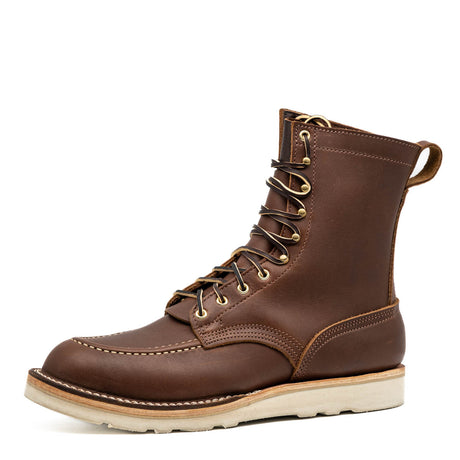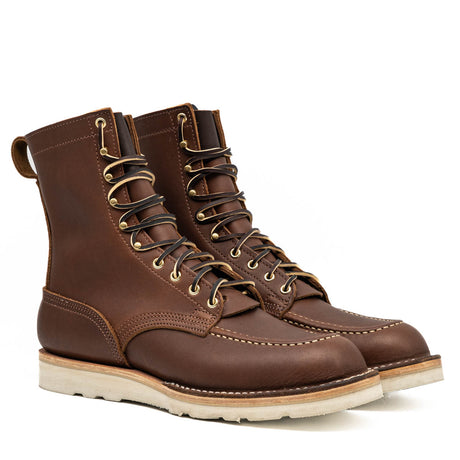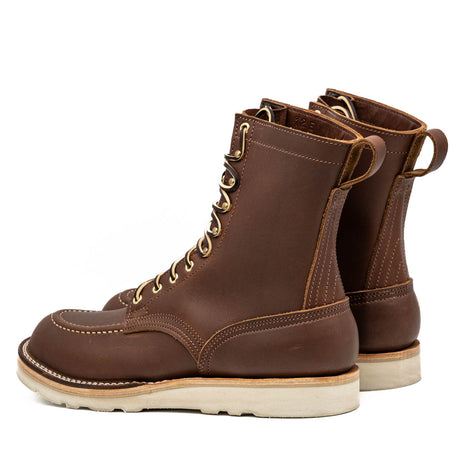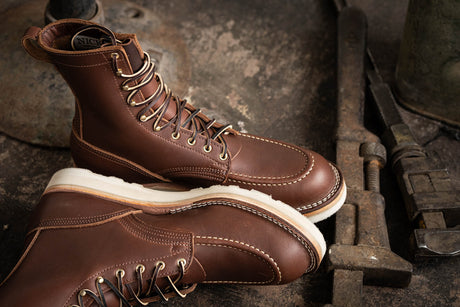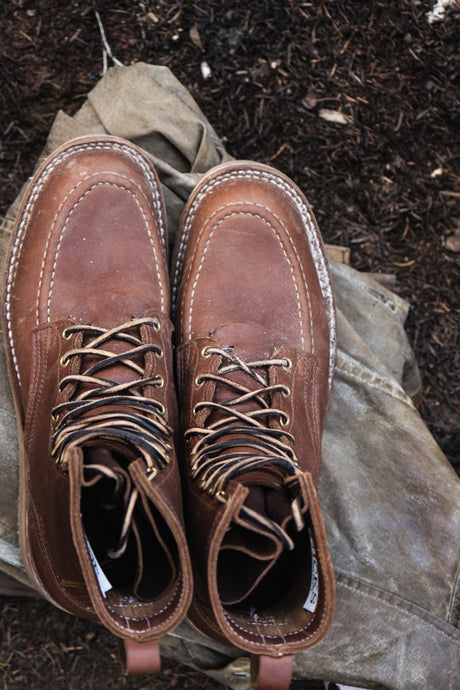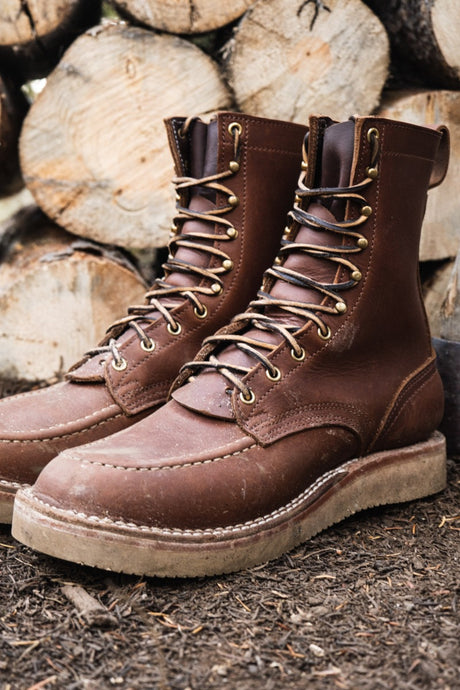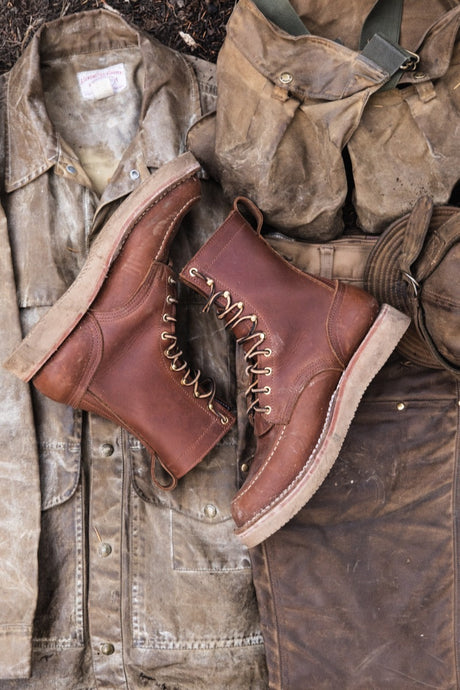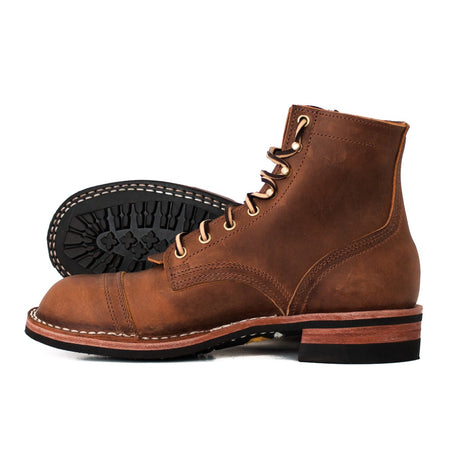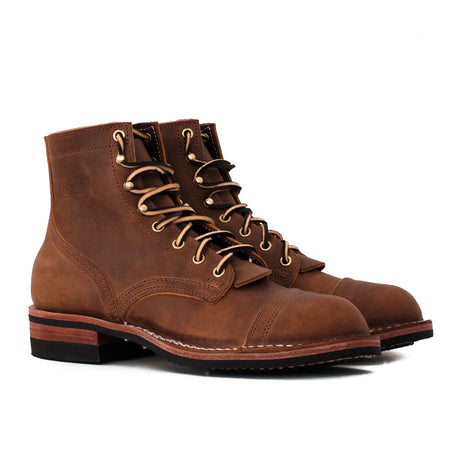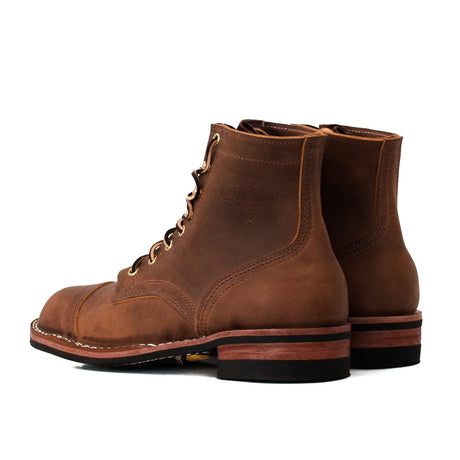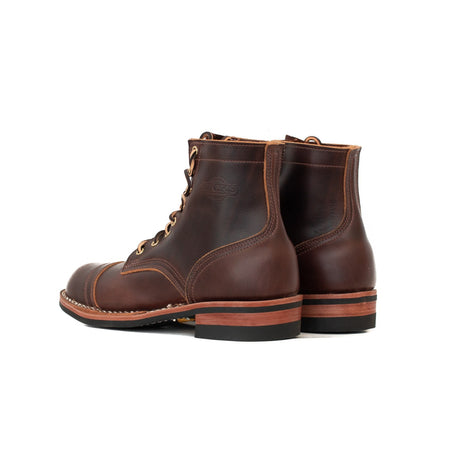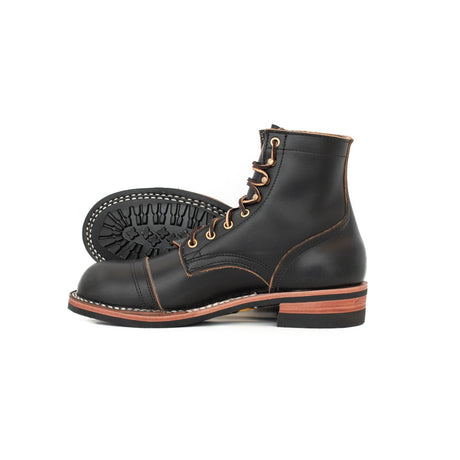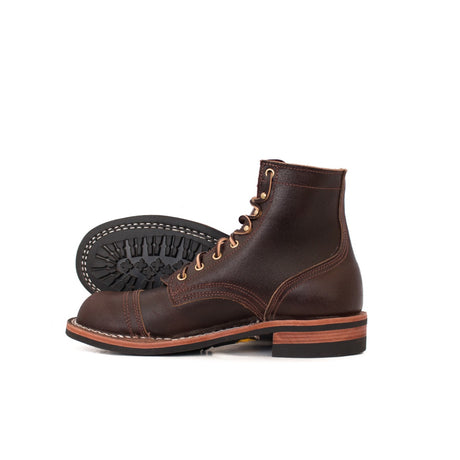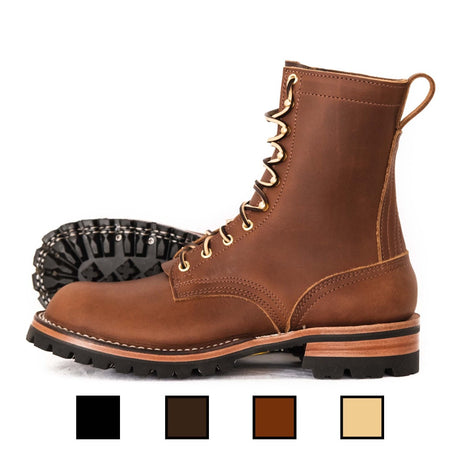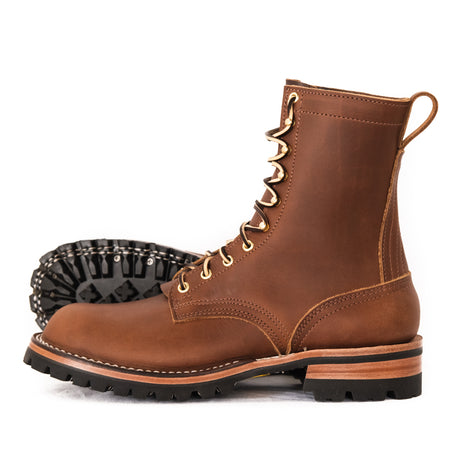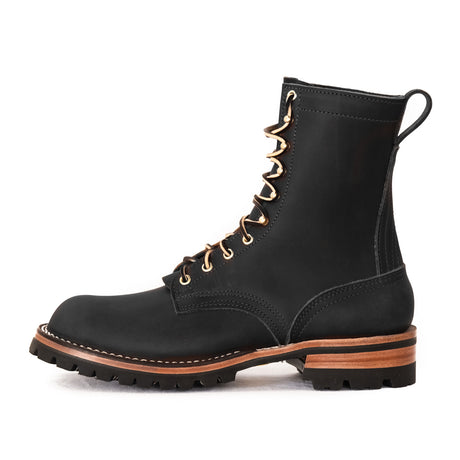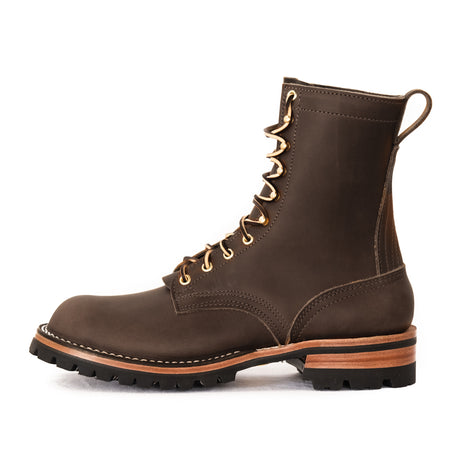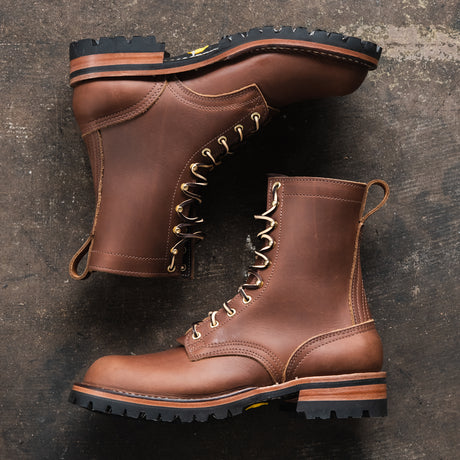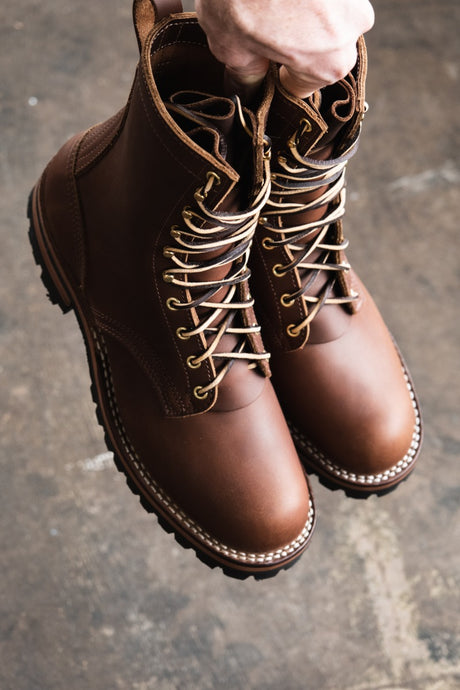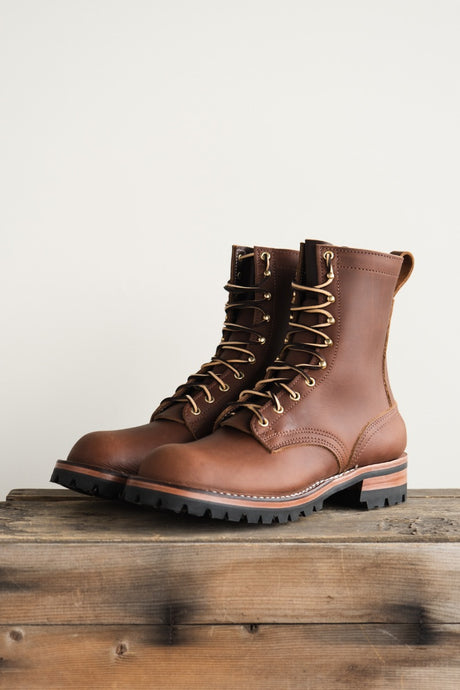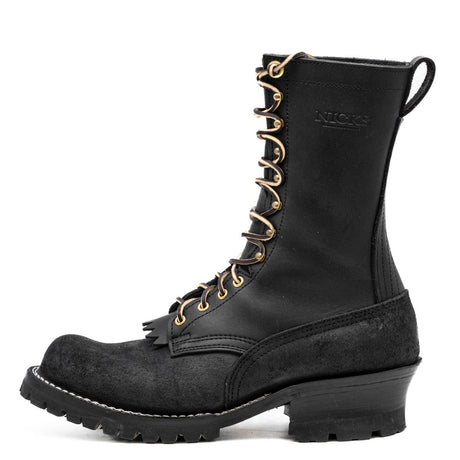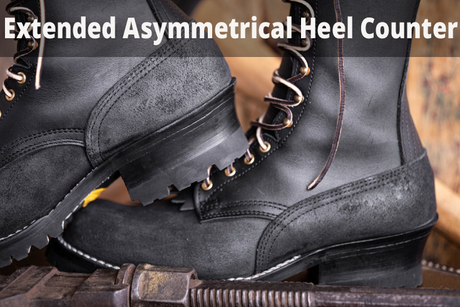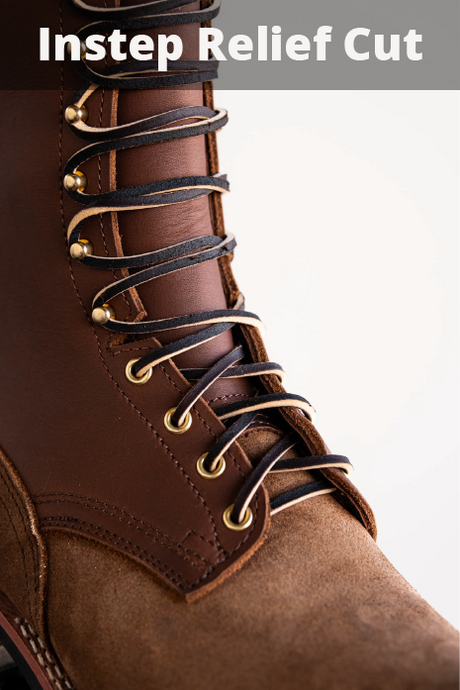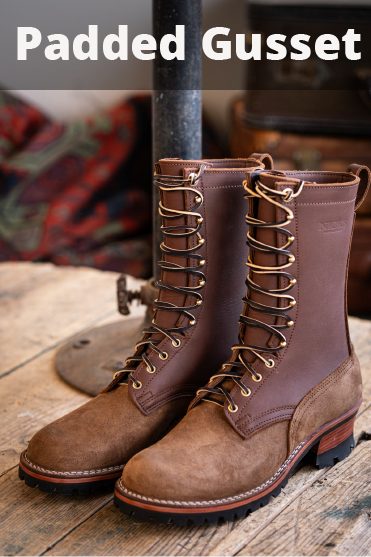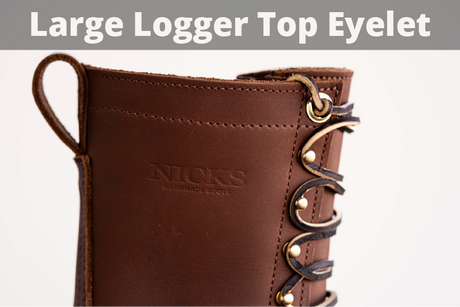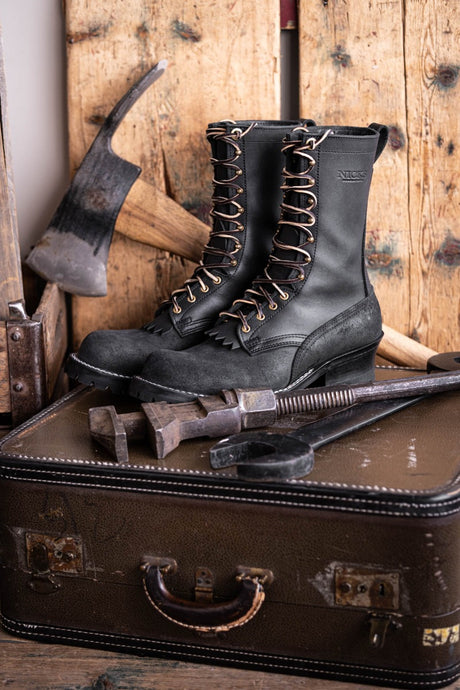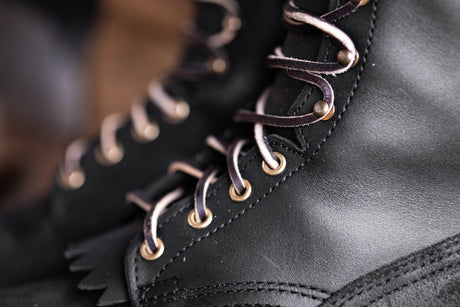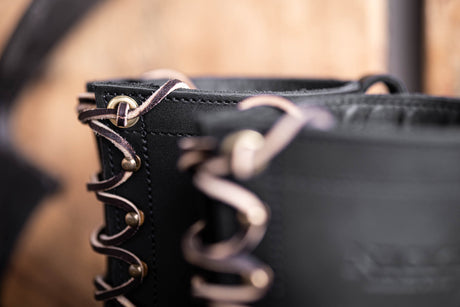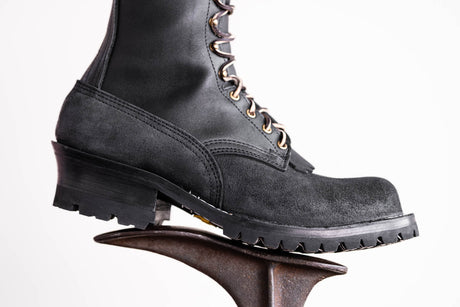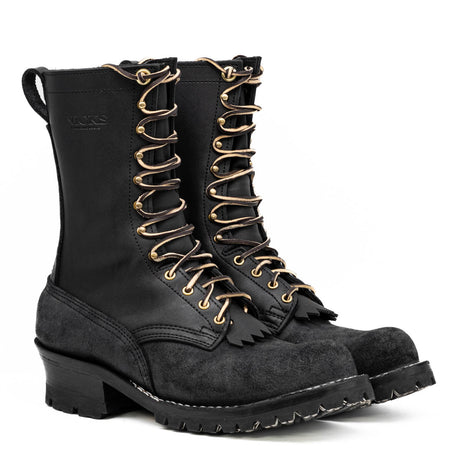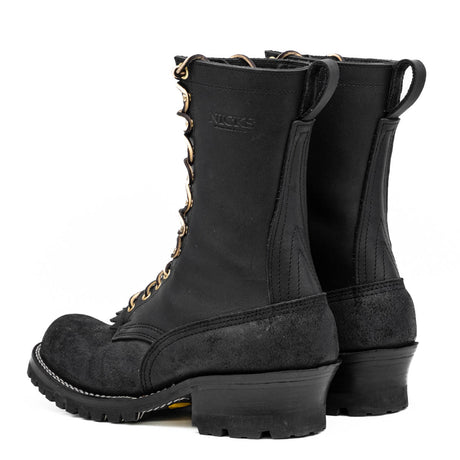Key Takeaways:
- Prolonged Boot Lifespan: Regular use of mink oil helps in maintaining the structural integrity of leather boots, significantly extending their lifespan and ensuring they remain in good condition over time.
- Simple Application Process: Applying mink oil involves straightforward steps that can be easily followed at home, making it accessible for anyone to keep their boots well-maintained.
- Versatile Usage: Besides boots, mink oil is suitable for a variety of leather products, offering comprehensive care and protection for all your leather goods, enhancing their durability and appearance.
Nicks Boots is proud to offer premium, handcrafted boots that stand the test of time. Our dedication to quality ensures that your boots not only look great but also provide the durability needed for both work and leisure. Each pair is meticulously crafted to meet the highest standards, guaranteeing comfort and resilience. Our boots are designed to be both stylish and long-lasting, making them the perfect choice for any occasion.
In this piece, we will explore how to use mink oil to keep your boots in top condition. You will learn about what mink oil is, the benefits it offers, and how to prepare your boots for application. We will also cover the step-by-step application process and essential maintenance tips. By the end, you will be well-equipped to ensure your boots last for years to come. Proper care and maintenance are key to preserving the quality and longevity of your boots.

What Is Mink Oil?
Mink oil is a natural product derived from the fatty layer beneath a mink's skin, known for its remarkable conditioning properties. Historically, it has been used to soften and waterproof leather, making it an essential treatment for leather goods. The unique composition of mink oil allows it to deeply penetrate leather fibers, providing a moisture barrier that helps maintain the leather’s suppleness and prevents it from drying out and cracking.
For high-quality boots, mink oil acts as an exceptional preservative. Applying mink oil can greatly prolong the life of your boots by keeping the leather supple and resistant to harsh conditions. It not only boosts the leather's durability but also imparts a rich, polished finish. This makes mink oil a favored choice among boot enthusiasts who want their footwear to look and perform at its best.
Benefits Of Using Mink Oil On Boots
- Deep Conditioning: Mink oil penetrates deeply into the leather, providing essential moisture that keeps the leather soft and supple. This conditioning helps to maintain the flexibility of your boots, preventing them from becoming stiff and uncomfortable. By keeping the leather nourished, mink oil reduces the risk of cracks and splits that can occur over time due to dryness.
- Waterproofing: One of the standout benefits of mink oil is its ability to waterproof leather. When applied, it creates a protective barrier that repels water, making your boots more resistant to moisture and preventing water damage. This is particularly beneficial for those who wear their boots in wet or harsh weather conditions.
- Enhancing Appearance: Mink oil not only protects but also enhances the natural sheen of leather. Applying mink oil gives your boots a polished and well-maintained look, enhancing their aesthetic appeal. The oil brings out the richness of the leather, making your boots look newer and well-cared-for, which is essential for both work and pleasure wear.
Preparing Your Boots For Mink Oil Application
Clean Your Boots
Before applying mink oil, it’s crucial to thoroughly clean your boots. Start by removing the laces to ensure you can reach all areas. Use a soft brush or a damp cloth to wipe off any surface dirt, dust, or debris. For tougher stains, consider using a mild leather cleaner to lift any embedded grime. This cleaning process ensures that the mink oil can penetrate the leather effectively, providing optimal conditioning and protection.
Dry Your Boots
After cleaning, it’s essential to let your boots dry completely. Avoid using direct heat sources such as radiators or hair dryers, as they can dry out the leather and cause it to become brittle. Instead, place your boots in a well-ventilated area at room temperature and allow them to dry naturally. This gentle drying process helps maintain the integrity and quality of the leather.
Test On A Small Area
Before applying mink oil to the entire surface of your boots, it's wise to test it on a small, inconspicuous area first. Dab a little oil on a hidden section and wait for it to dry. This test will help you see if the oil causes any undesirable changes in the color or texture of the leather. If the test area looks good after drying, you can proceed with confidence to treat the rest of the boots.
Gather Your Supplies
To prepare for the application, gather all necessary supplies. You will need a soft, clean cloth or sponge to apply the mink oil, and possibly a separate cloth for buffing afterward. Having all your tools ready and within reach will make the application process smoother and more efficient.
How To Apply Mink Oil To Your Boots
Step 1: Warm The Mink Oil
Begin by slightly warming the mink oil to enhance its effectiveness. Place the container in warm water for a few minutes, which makes the oil more fluid and easier to apply. This warming step helps the oil penetrate deeper into the leather fibers, providing better conditioning. Ensure the oil is warm but not hot to avoid damaging the leather. This simple preparation step can significantly improve the results of your boot treatment.
Step 2: Apply The Mink Oil
Using a clean, soft cloth or sponge, scoop a small amount of mink oil and apply it to the leather. Use gentle, circular motions to work the oil into the surface of the boots, ensuring even coverage. Pay special attention to seams and stitching, which are areas prone to wear and tear. A thorough application ensures that every part of the boot benefits from the conditioning properties of the mink oil. Avoid over-saturating the leather to prevent a greasy finish.
Step 3: Let The Boots Rest
After applying the mink oil, allow your boots to rest for several hours or overnight. This rest period is crucial for the oil to fully absorb into the leather, providing deep conditioning. Place the boots in a cool, dry place away from direct sunlight or heat sources, which can affect the absorption process. Patience during this step ensures that the leather retains its suppleness and durability. Proper absorption maximizes the protective benefits of the mink oil.
Step 4: Buff The Boots
Once the mink oil has been absorbed, take a clean, dry cloth and gently buff the boots. This process removes any excess oil and brings out a natural shine in the leather. Buffing also helps to even out the application, ensuring a smooth and polished finish. It enhances the aesthetic appeal of the boots while maintaining their conditioned state. Regular buffing after oil application keeps your boots looking pristine and well-maintained.
Step 5: Reapply As Needed
Depending on the wear and tear your boots experience, reapply mink oil as needed. For boots worn frequently in harsh conditions, more frequent applications may be necessary. Typically, a reapplication every few months is sufficient to maintain the leather’s condition. Regular maintenance with mink oil ensures your boots remain durable, waterproof, and visually appealing. Monitoring the condition of your boots will help you determine the optimal reapplication schedule.
Tips For Maintaining Your Boots With Mink Oil
Regular Cleaning
To maintain your boots in optimal condition, it's important to clean them regularly before applying mink oil. Consistent cleaning prevents buildup and preserves the leather's natural beauty. A clean surface ensures that the mink oil can be absorbed effectively by the leather.
Avoid Overuse
While mink oil is beneficial, overusing it can lead to a greasy appearance and clog the leather pores. Apply mink oil sparingly and only as needed, typically every few months. This balanced approach keeps the leather supple without compromising its breathability. Moderation ensures your boots stay in optimal condition without becoming overly saturated.
Store Properly
Proper storage is key to maintaining your boots. Keep them in a cool, dry place away from direct sunlight or heat sources to prevent the leather from drying out or cracking. Using boot trees can help maintain their shape and prevent creasing, ensuring they stay in great condition. Good storage practices extend the life of your boots by preserving their structure and appearance.
Use Protective Products
In addition to mink oil, consider using other protective products like leather conditioners or waterproof sprays. These products can complement the benefits of mink oil, providing additional layers of protection against the elements and enhancing the longevity of your boots. Combining treatments helps maintain the leather's integrity and resistance to wear and tear.
Monitor Wear And Tear
Regularly inspect your boots for signs of wear and tear. Address minor issues promptly by cleaning and applying mink oil to affected areas. Early intervention helps prevent minor problems from becoming major ones, ensuring your boots remain durable and functional. Consistent maintenance and timely repairs can significantly extend the life of your boots.

Final Thoughts
Using mink oil is a highly effective way to maintain the quality and longevity of your leather boots. This natural product deeply conditions the leather, creates a waterproof barrier, and enhances its appearance. Proper application and regular maintenance with mink oil ensure your boots stay supple and resistant to harsh elements. By following the recommended steps and tips, you can keep your boots looking and performing at their best. Mink oil provides the protection and nourishment needed for durable, stylish footwear. Trust in mink oil to preserve the integrity and beauty of your leather boots for years to come.
Frequently Asked Questions About Mink Oil For Boots
What is mink oil?
Mink oil is a natural product derived from the fatty layer beneath a mink's skin. It is known for its deep conditioning and waterproofing properties, making it an ideal treatment for leather goods.
Why should I use mink oil on my boots?
Mink oil deeply conditions leather, keeping it soft and supple, enhances its waterproofing abilities, and gives the leather a rich, polished finish.
How often should I apply mink oil to my boots?
Typically, mink oil should be applied every few months, depending on the wear and tear of your boots. Boots exposed to harsh conditions may require more frequent applications.
Can mink oil change the color of my boots?
Mink oil can darken leather slightly. It's recommended to test it on a small, inconspicuous area first to see how your boots react.
What is the best way to clean boots before applying mink oil?
Remove the laces, use a soft brush or damp cloth to clean off dirt, and for tougher stains, use a mild leather cleaner. Ensure the boots are completely dry before applying mink oil.
How do I warm mink oil before application?
Place the container of mink oil in warm water for a few minutes. This makes the oil more fluid and easier to apply, enhancing its ability to penetrate the leather.
Can I use mink oil on other leather products?
Yes, mink oil can be used on various leather items such as jackets, bags, and furniture to condition and protect the leather.
What should I do if my boots become greasy after using mink oil?
If the boots appear greasy, buff them with a clean, dry cloth to remove excess oil and achieve a smooth finish.
Are there any alternatives to mink oil for leather care?
Yes, other leather conditioners and waterproofing products can be used. However, mink oil is favored for its deep conditioning properties.
How can I ensure the best results when using mink oil?
Follow the steps of cleaning, drying, testing on a small area, warming the oil, applying evenly, letting it rest, and buffing. Regular maintenance and proper storage will also help maintain the quality of your boots.



